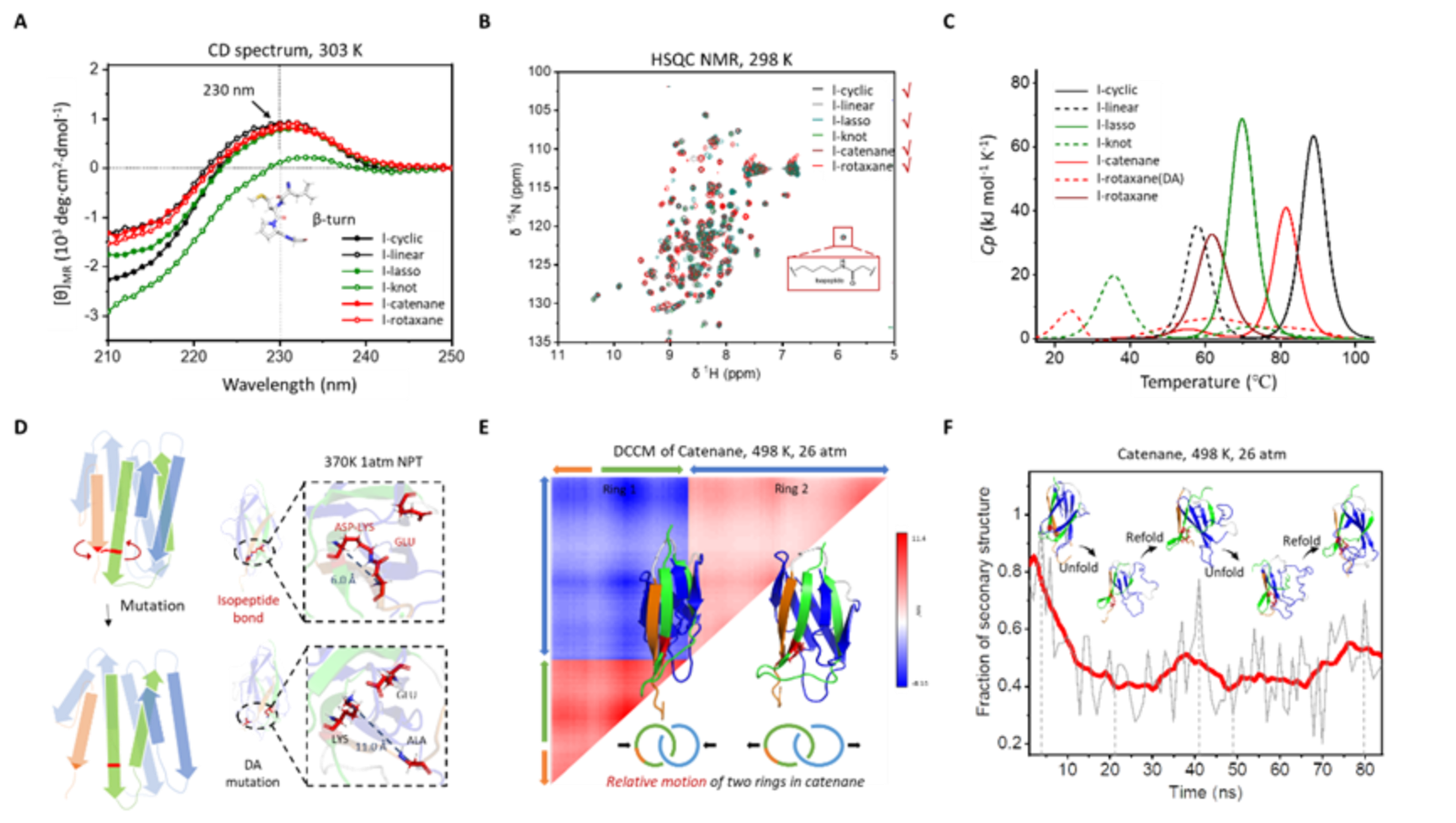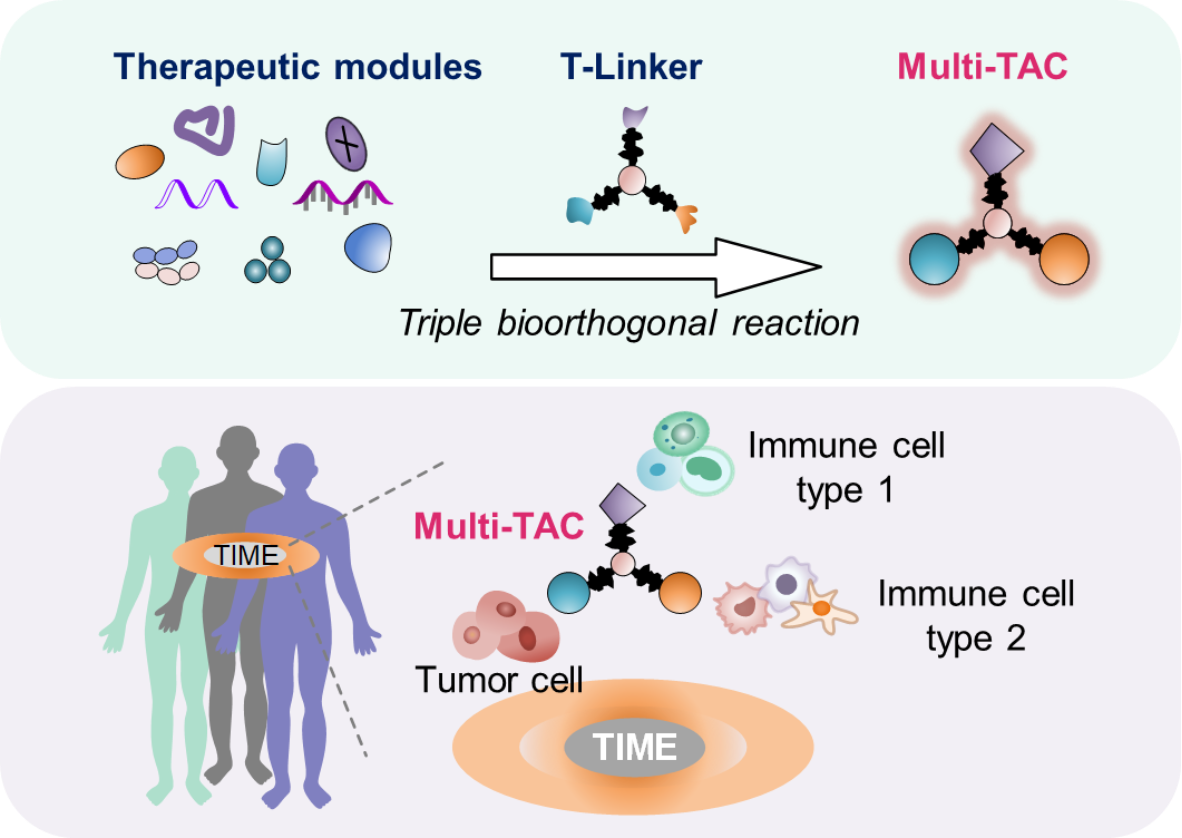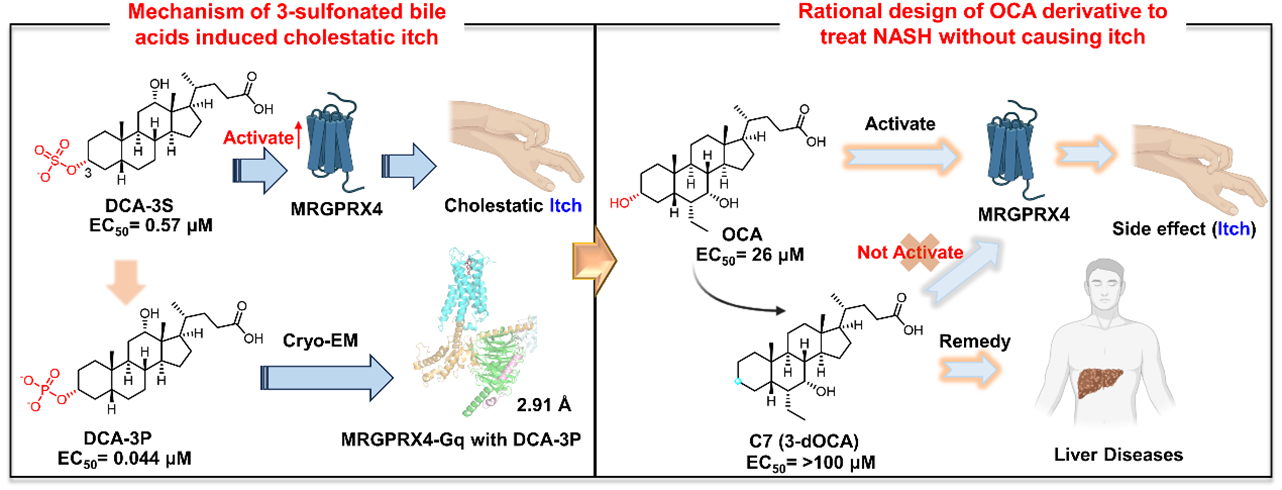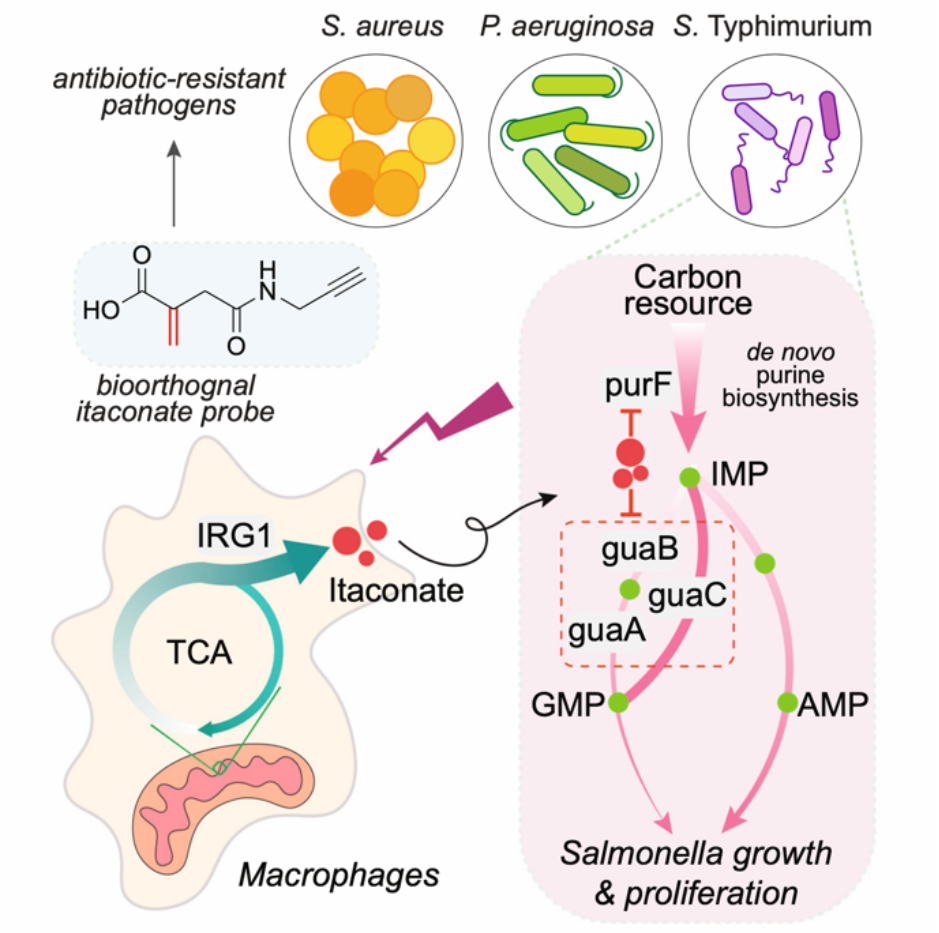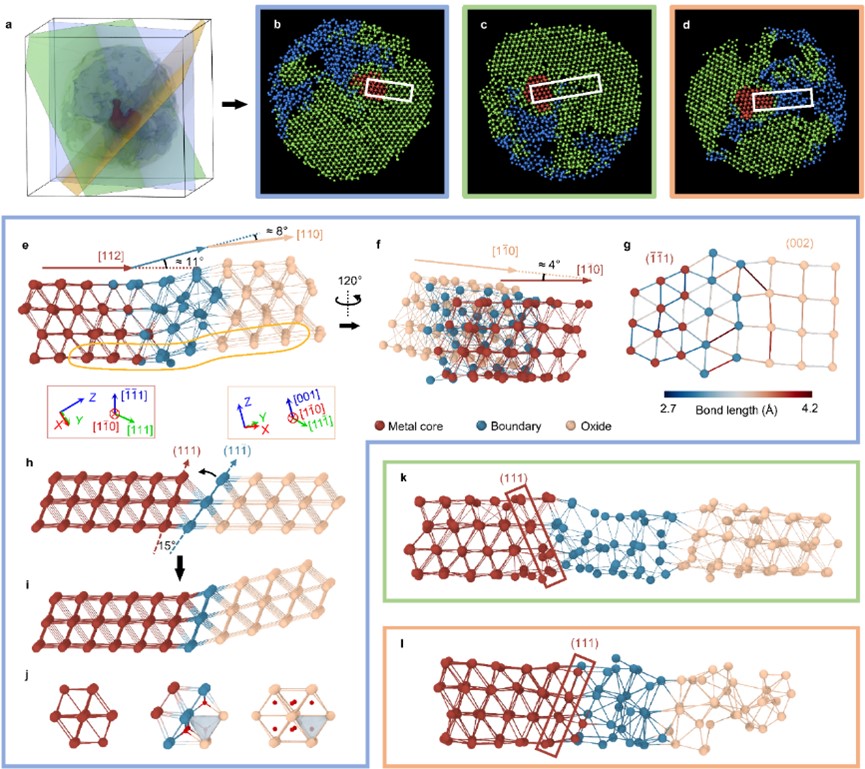伊人直播
As an important polymerization method, ring opening metathesis polymerization(ROMP) has been widely used in scientific research and industrial production. For instance, polydicyclopentadiene(PDCPD) plastics synthesized through ROMP exhibit remarkable characteristics of high impact resistance, corrosion resistance and thermal stability, and thus can replace metals, fiber reinforced polymer (FRP) and ceramics in automotive parts, sanitary ware, medical treatment equipment and sporting goods.
The core of the ROMP reaction lies in the [2+2] reaction of metal carbene and olefin to form metallacyclobutane ring intermediate, and the subsequent inverse [2+2] reaction. Among them, Grubbs type ruthenium carbenes have become a commonly used catalyst in ROMP because of their advantages of mild reaction conditions, good functional group compatibility, and precise control of the molecular weight, molecular weight distribution and topology of the polymerization products. On the other hand, the quenching of the active metal center at the end of the product chain after the ROMP reaction and the simultaneous introduction of functional groups, the so-called polymer end-capping, are of great significance for the practical application of the polymer products. Accordingly, a series of end-capping methods have been developed (Fig. 1a). However, most of the developed methods are based on olefin metathesis or tandem metathesis reactions in principle, which often have the following limitations: 1) long reaction time and large dosage of capping agent; 2) difficult to completely quench the ruthenium species; 3) requirement of multistep for the synthesizing of capping agents.
In view of the limitations of the existing end-capping strategies for ROMP, the group led by Jianbo Wang has applied a completely different strategy in their previous work to develop an end-capping method based on carbene dimerization reaction (Macromolecules 2022, 55, 8866). This method offers several advantages including minimal capping agent usage, low reaction temperature (0 °C), short reaction time (5min), and the ability to introduce multiple functional groups (such as azide, alkyne, and halogen). However, a drawback noted is that complete quenching of the metal ruthenium species remains a challenge (Fig. 1b).
Recently, the Wang group has further explored more efficient and practical end-capping technology, and developed a new end-capping strategy based on the decomposition of Ru(IV) metallacyclobutane intermediates under alkaline conditions. They used allyl compounds containing leaving groups as capping agents for the end capping of ROMP to efficiently obtainconjugated diene-functionalized ends (Fig. 1c).

Fig. 1 Strategies to terminate ROMP polymers
The reagents used in this end capping system are extremely simple (e.g., allyl halide as capping agent, triethylamine as base), withhigh end capping efficiency (0 °C, 5 min, >95% capping), and the resulting ruthenium metal species completely lose their olefin metathesis activity (Fig. 2). The functionalized ends of the conjugated diene can be further functionalized by [4+2] cycloaddition reaction.

Fig. 2 The Scope of the end capping system
To sum up, the Wang group has developed a novel ROMP end capping method based on a completely different strategy from the previous ones. In this method, easy-to-obtain allyl compounds containing leaving groups were used as the capping agents for ruthenium-catalyzed ROMP, and the reaction was carried out at low temperature in the presence of conventional organic bases. The method has the advantage of mild reaction conditions, high end-capping efficiency, and can introduce diene moiety bearing different types of groups at the end of the polymer, including fluorine, cyano and deuterium, by using substituted allyl compounds. These polymers containing conjugated diene terminations can be further modified by [4+2] cycloaddition reactions, thereby expanding the application of ROMP polymers.
This work has been published with the title “Efficient Dienyl End-Capping of Ruthenium Catalyzed Ring Opening Metathesis Polymerization with Allyl Compounds through Base-Promoted Metallacyclobutane Decomposition” in Angewandte Chemie. Graduate student Xin Wang is the first author of the paper, and Prof. Jianbo Wang is the corresponding author. The work is supported by Beijing National Laboratory of Molecular Sciences (BNLMS).
Link: //doi.org/10.1002/anie.202409534

